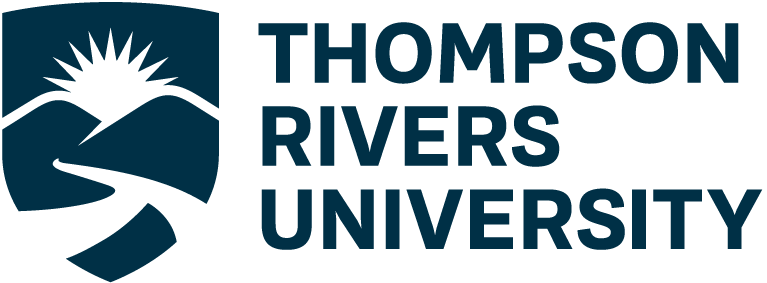Presence — Seeing the Instructor
This guide is available as a Word document or PDF.
Whether or not students can see the instructor, or on-screen pedagogical agent, alongside the course material does not affect the effectiveness of the video lesson (Fiorella & Mayer, 2021). In fact, students may find the instructor’s image distracting (Kizilcec et al., 2015) because their attention is divided between the course material and looking at the instructor.
If the instructor or pedagogical agent is visible, then embodiment, such as gestures and eye-gaze, will be important social cues to consider (Fiorella & Mayer, 2021).
Embodiment Principle
The embodiment principle states that demonstrating human-like gestures, eye-contact, and facial expressions are more helpful for learning than a static pedagogical agent (Mayer & DaPra, 2012). These social cues may establish a feeling of social connection in online courses, showing that others care about the student’s learning, and thereby motivate the student (Fiorella & Mayer, 2021). This aspect of motivation is worth considering in Open Learning, where students may feel anonymous and unengaged with the course because they are separated physically from the instructor and from other students.
However, there are cases when a static agent was superior to an agent who shows facial expressions (Frechette & Moreno, 2010). Students with lower prior knowledge may learn better with an embodied agent, but students with higher prior knowledge may learn better without an agent present (Johnson et al., 2015). The benefits of social cues in video lectures are inconsistent.
Embodiment for Tactile Learning
Embodiment goes beyond simple social gestures and also appeals to tactile (sensorimotor) ways of learning (Fiorella, 2021). Everyday examples of learning through embodiment are cooking shows, where the viewer watches how someone puts a dish together. Watching someone else, such as the instructor or another student, manipulate physical objects can be just as effective as manipulating the objects first-hand (Marley et al., 2010, 2011).
Students may observe manipulations enacted by the instructor or pedagogical agent and perform these movements themselves (Fiorella, 2021). For example, students could watch and mimic gestures from a video about forearm anatomy (Cherdieu et al., 2017) or about manipulating molecular models in organic chemistry (Stull et al., 2012). Of note, manipulatives that have details that are irrelevant or inconsistent with learning outcomes may hamper learning (McNeil et al., 2009).
First-Person Versus Third-Person Perspective
Another aspect to consider when producing videos is the perspective of the viewer. First-person videos allow students to map directly the instructor’s actions onto their own bodies, a form of personalization (see guide “Style of Language – Formal Versus Conversational”), but third-person videos require a mental flip before mirroring the instructor’s actions onto the students’ selves (Fiorella, 2021).
The nature of the learning objectives may inform the suitable choice of perspective. For instance, one study found that learning about the circulatory system from the first-person perspective was more helpful than from the third-person perspective (Leopold et al., 2019). Another study found that nursing students were better able to reproduce a medical procedure from watching the video from a mix of first- and third-person perspective (Boucheix et al., 2018).
Presumably, the first-person perspective facilitates learning by personalizing the subject matter, and the third-person perspective models specific learning objectives (i.e. what a nursing student sees when treating a patient).
Summary
- Video lessons can be suitable for showing the instructor demonstrating the manipulation of physical objects.
- Whether the instructor is visible in a video, and from the first- and/or third-person perspective, depends on the learning outcomes.
Media Attributions
The featured image is “The village school in 1848” by Albert Anker (1896) [via Wikimedia Commons, public domain], modified by Jung-Lynn Jonathan Yang and licensed under a CC BY-NC-ND 4.0 license.

